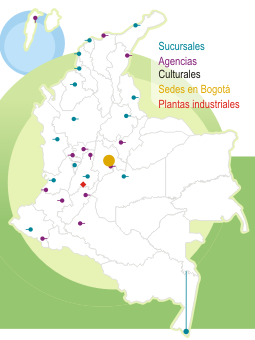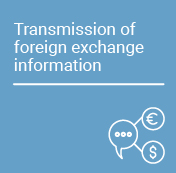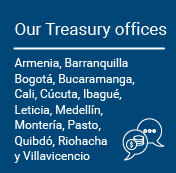Essays on Economic Policy (ESPE in Spanish) - Trade Between Colombia and East Asia: An Analysis Using a CGE Model
In the journal Essays on Economic Policy (ESPE) - we disclose the results and policy proposals that arise from academic research carried out at the Banco de la República. When you read us, always keep in mind that the content of our articles, as well as the analyzes and conclusions derived from them, are the sole responsibility of their authors. The material disclosed in our ESPE magazine does not compromise or represent the opinion of Banco de la República or that of its Board of Directors.
In the early nineties Colombia carried out a trade liberalization program within an economic openness program (Apertura), which resulted in considerable lower tariffs and the elimination of non-tariff barriers. According to the World Trade Organization (WTO) the rates were lowered significantly from above 40% to a simple average of 11.5%, while non-tariff measures focused on few sectors subject to particular domestic or regional policy objectives and balance of payments measures were eliminated. These actions accelerated Colombia’s integration into the world economy. Total exports increased from US$6,700 million (m) in 1990 to more than US$10,000 m in 1995. During the 1993-1995 period exports grew at an annual rate of 15% despite of the currency appreciation. On the other hand, trade liberalization increased total imports. In fact, in 1990 imports were US$5,600 m while in 1995 they reached a peak value of US$14,000 m. Between 1993 and 1995 imports grew at an annual average rate of 30%.

































































